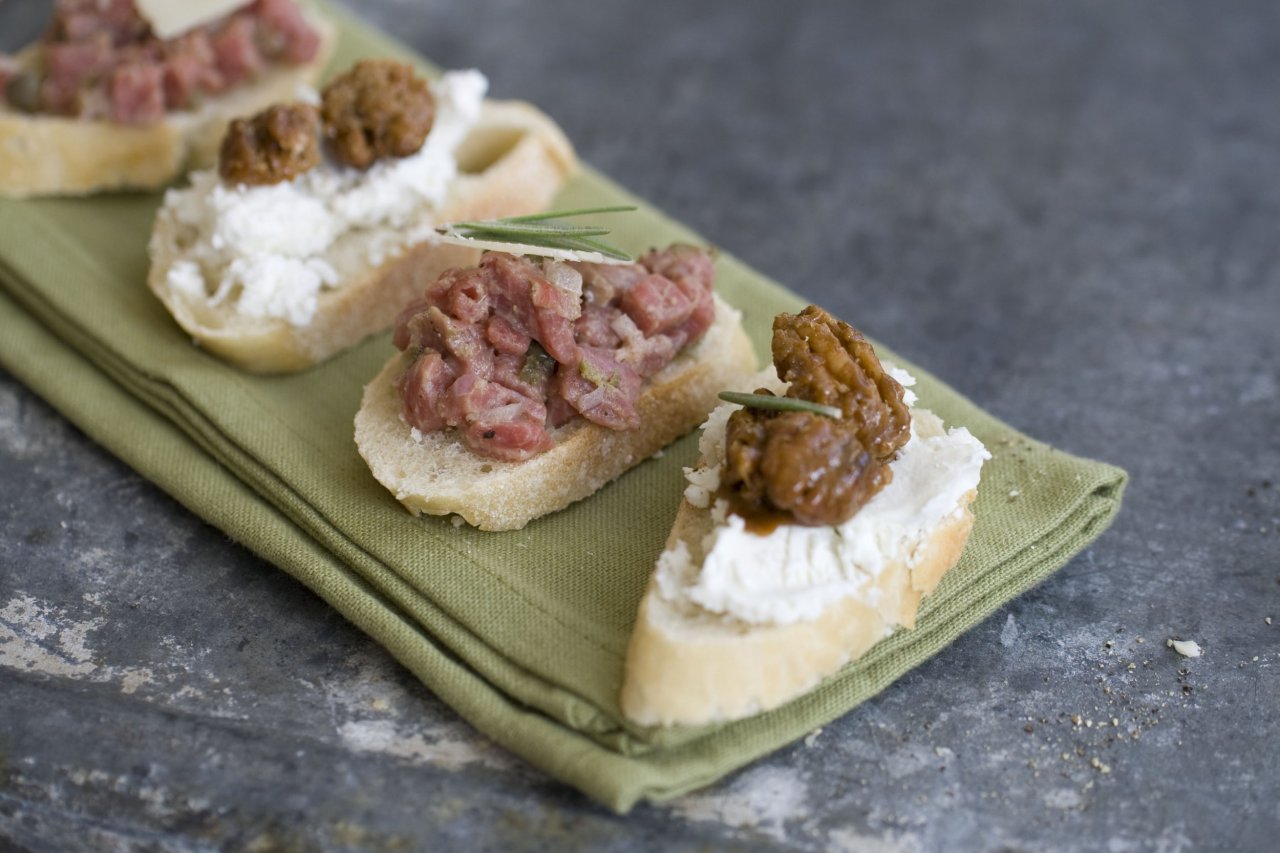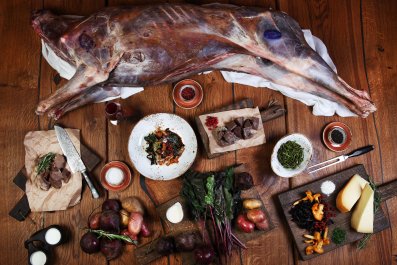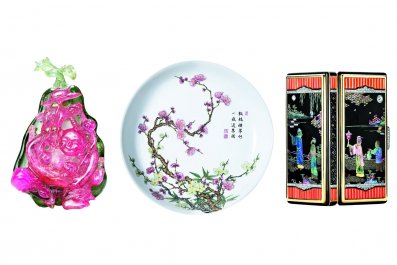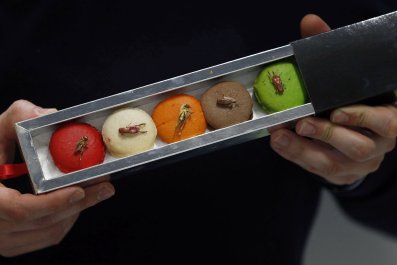Fried. Broiled. Roasted. Grilled. Smoked. Pickled. Braised. Sous vide. There is no wrong way to cook beef, as far as I am concerned, but there is one way more right than all the others: not at all. Carnal perfection is a puck of raw cow, chopped, seasoned and spiced, graced with a hat of raw egg and a side of toasted baguette. This is steak tartare, meat in its platonic ideal.
I realize I am in the minority here, even among my fellow carnivores. Given the growing concerns about the safety of what we eat—enjoy a Chipotle burrito lately?—trusting a restaurant with uncooked meat would seem to invite every bacterium in the food supply chain into your alimentary canal.
But steak tartare is delicious partly because it is dangerous. Foodism without adventure is a mountain without slope: Anyone can plunk down $310 for the veggie tasting menu at the French Laundry and be assured of culinary perfection. Steak tartare is a more parlous enterprise but also, I would argue, potentially more rewarding. Somewhat paradoxically, it may turn out to be safer than many other beef dishes, since the carcinogenic properties of red meat appear to be exacerbated by processing (i.e., bacon) or excessive charring (i.e., a burger or a well-done steak).
Another paradox: This fusty old dish fits neatly into current restaurant trends, especially the stress on premium ingredients. Because of the danger of foodborne illness, steak tartare has to come from high-quality beef. Nor could you get much more paleo than cow flesh untouched by fire. Steak tartare is to carnivorism what Kazimir Malevich's famous Black Square is to painting: experience distilled to its essential sensations.
Steak tartare is meat with plenty of taste but no illusions. Meat is inarguably murder, but if you're going to herd a heifer through the pearly pasture gates, why also torture its carcass with scorching flames and barbecue sauce? Why force it to share its glory with wilted spinach? The toothsome saltiness of properly executed steak tartare always puts me in a contemplative mood, a morbid gratefulness to the bovine that sacrificed its life in the service of the utmost carnal deliciousness.
Tartare's origins are confusing; the notion that it is an ancient Central Asian delicacy is probably apocryphal. Most likely, it is a relatively recent French innovation, one whose central ingredient is sometimes horse. In fact, the bold young French-Canadian chef Hugue Dufour tried to bring equine tartare to his restaurant in the Queens borough of New York City several years ago, only to cancel the plan amid a depressingly predictable furor.
On a recent evening, I went to District, an Oakland, California, restaurant whose tartare East Bay Express restaurant critic Luke Tsai proclaimed in 2012 "might be the best in the city." Chef Bob Cina told me his cows come from revered Montana rancher Derek Kampfe. Cina shuns what he calls the "heavy-handedness of things like Tabasco, cheap mustards or any other flavors that may cover up the quality." His tartare marries Gallic tradition with a Northern California sensibility: local olive oil, French mustard with a concentration of pinot noir.
Our steak tartare arrived in a perfect cube, hemmed in by twin mounds of salt and pepper, as well as helpings of violet mustard, cornichons and, best of all, slices of gruyere toast. My dining partner and I hesitated, a slight trepidation keeping our forks at bay.
There was, it turned out, nothing to fear. My companion thought the meat tasted more "brown" than "pink": that is, raw, but so perfectly seasoned it tasted as if it had been cooked. Like the best tartare, this one was buttery and fragrant, with a far more welcoming mouthfeel than sinewy steak. With the last of the toast, I chased the final flecks of meat across our plate.
Whereas steak is an invariably ungainly visitor in the digestive system, the aftereffect of steak tartare is rather like that of sushi. But better than that—more substantial and much more complex. I do not imagine that tartare is something one should eat with any great frequency. But I can even less imagine never eating it at all.






















